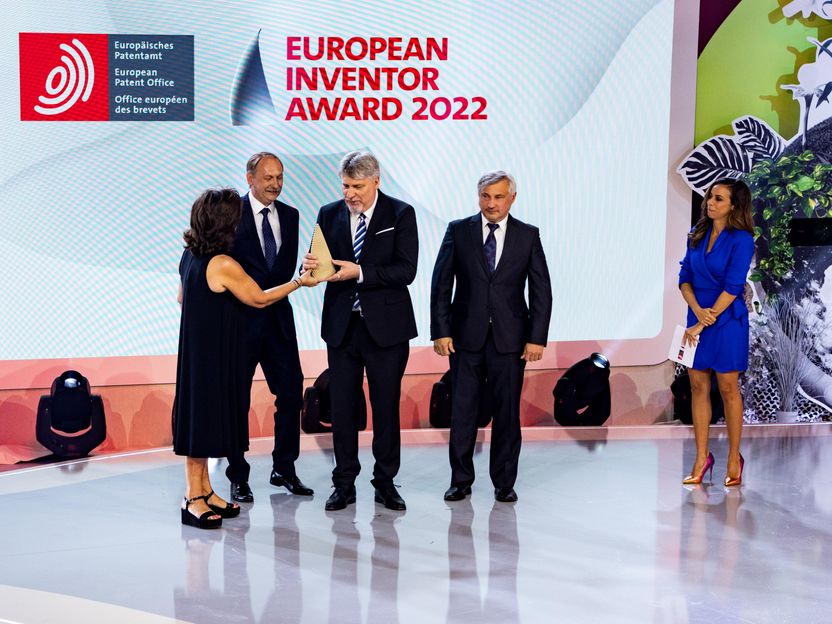Roof-topping ceremony for Evonik’s new hydrogen peroxide plant in Jilin (China)
Advertisement
Evonik Industries marked the roof-topping phase of construction for its hydrogen peroxide plant in Jilin, China, with a ceremony on October 19, 2012. Situated in the northeast of the country, the plant is due to go online in late 2013 with an annual capacity for the production of 230,000 metric tons of hydrogen peroxide (H2O2). With this investment of more than €100 million, Evonik will increase its current overall capacity of 600,000 metric tons p.a. by nearly 40 percent.
A dedicated pipeline will enable Evonik to supply Jilin H2O2 directly to the neighboring Jishen Chemical Industry Co., Ltd. propylene oxide plant. A long-term supply contract has been entered into for the purpose. Jishen will use the hydrogen peroxide to make propylene oxide using the HPPO process. Propylene oxide is used primarily in the manufacture of polyurethane intermediates, and polyurethane in turn goes into the making of products such as upholstery for car seats and furniture or insulation materials for the construction and refrigeration equipment industry.
To date, hydrogen peroxide has been used mainly as a bleaching agent by the textile and cellulose industry. The HPPO process now enables the eco-friendly oxidation agent to also be used in the chemical direct synthesis of propylene oxide. The advantages of
the HPPO technology include significantly lower investment requirements, a high degree of production efficiency, and excellent environmental tolerability.
Other news from the department manufacturing
Most read news
More news from our other portals
See the theme worlds for related content
Topic world Synthesis
Chemical synthesis is at the heart of modern chemistry and enables the targeted production of molecules with specific properties. By combining starting materials in defined reaction conditions, chemists can create a wide range of compounds, from simple molecules to complex active ingredients.

Topic world Synthesis
Chemical synthesis is at the heart of modern chemistry and enables the targeted production of molecules with specific properties. By combining starting materials in defined reaction conditions, chemists can create a wide range of compounds, from simple molecules to complex active ingredients.
































































